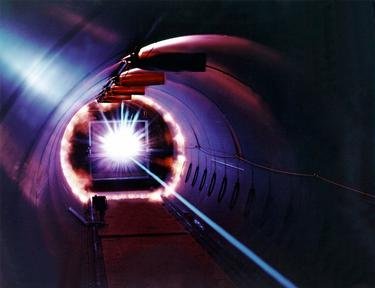Quiz Answer Key and Fun Facts
1. The Standard Model defines twelve particles as fermions, which are the building blocks of matter, and five particles as bosons. Fermions are distinguished from bosons because they obey the exclusion principle formulated by what Swiss theoretical physicist?
2. Fermions are divided into quarks and leptons. What makes a fermion a quark instead of a lepton?
3. Quarks come in several different "flavors". Which of these "flavors" was the last one discovered in the twentieth century, in 1995?
4. Which boson is responsible for quarks binding together using the strong nuclear force?
5. Are particles immutable (that is, unchangeable)?
6. Called the "God particle" by media outlets, evidence of what elementary particle was first detected in 2012 after being theorized by scientists for decades?
7. What boson is essentially the physical quanta of light?
8. Which two classes are leptons divided into?
9. A baryon is a particle formed from three quarks. What is a common example of a baryon?
10. Of the following fundamental forces of nature, which one is NOT explained by the Standard Model?
Source: Author
eyhung
This quiz was reviewed by FunTrivia editor
rossian before going online.
Any errors found in FunTrivia content are routinely corrected through our feedback system.

